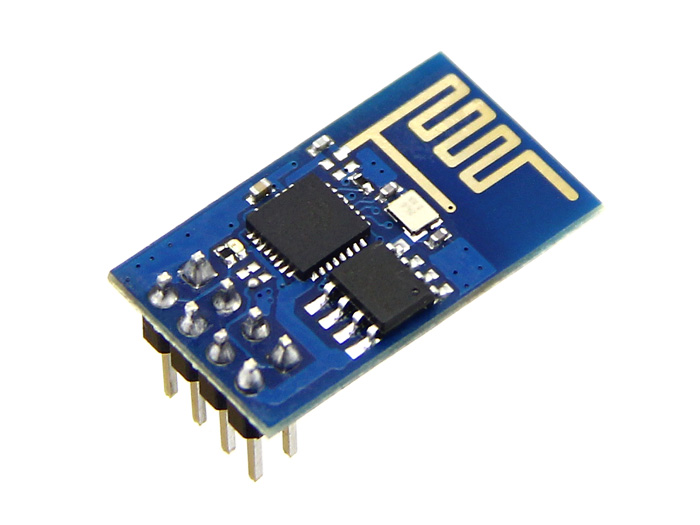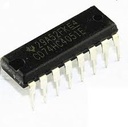Description
The ESP8266-01S is a compact and low-cost WiFi module that enables microcontrollers to connect seamlessly to wireless networks and perform TCP/IP communications. As an upgraded version of the popular ESP8266-01, it offers improved stability, enhanced performance, and greater compatibility for IoT and embedded applications. With a built-in 32-bit CPU, it can function both as a WiFi adapter or a standalone microcontroller, making it ideal for IoT, automation, and wireless control systems.
Key Features
- Integrated TCP/IP Stack – Enables easy internet connectivity and communication
- WiFi 802.11 b/g/n Support – Compatible with standard WiFi networks
- Built-In 32-bit CPU – Can operate independently or as a WiFi co-processor
- 1MB Flash Memory – For firmware and data storage
- Multiple Operating Modes – AP (Access Point), STA (Station), and AP+STA
- UART Interface – Simplifies serial communication and integration with microcontrollers
- Low Power Consumption – Supports deep sleep for battery-powered applications
- Compact Design – Small footprint for space-constrained projects
Specification
- Microcontroller: Tensilica L106 32-bit RISC Processor (80 MHz)
- Operating Voltage: 3.0 V – 3.6 V
- Flash Memory: 1 MB
- RAM: 50 kB
- WiFi Standards: 802.11 b/g/n
- Frequency Range: 2.4 GHz – 2.5 GHz
- Data Rate: Up to 1 Mbps
- UART Baud Rate: 9600 bps (default, configurable)
- GPIO Pins: 2 (GPIO0, GPIO2)
- Operating Current: ~70 mA (typical)
- Deep Sleep Current: < 10 µA
- Operating Temperature: −40 °C to +125 °C
- Dimensions: 25 mm × 15 mm × 6 mm
Application
- IoT Devices – Wireless connectivity for smart devices and sensors
- Home Automation – Control lighting, appliances, and systems remotely
- Wireless Sensor Networks – Data transmission between distributed nodes
- Remote Data Logging – Upload sensor data to servers or cloud platforms
- Smart Appliances – Integrate WiFi control in consumer electronics
- Wearable Tech & DIY Projects – Ideal for embedded hobby and development use
Usage:
- Connection:
- Connect the VCC pin to a 3.3V power supply and GND to ground.
- Connect the TX and RX pins to the UART interface of the microcontroller (with proper voltage level shifting if necessary).
- Use GPIO0 and GPIO2 for additional control and sensor connections.
- Programming:
- Use AT commands to configure and control the module via a serial interface.
- Optionally, use the Arduino IDE or other compatible development environments to write custom firmware for the ESP8266.
- WiFi Configuration:
- Configure the WiFi settings (SSID and password) using AT commands or custom firmware.
- Establish TCP/IP connections for data communication with remote servers or local networks.
- Ensure the module operates within the specified voltage range to avoid damage.
- Handle the module carefully to avoid static discharge and physical damage.
- Use proper level shifting for UART communication if connecting to a 5V microcontroller.
Datasheet: For detailed technical specifications, refer to the ESP8266 01S Datasheet.



